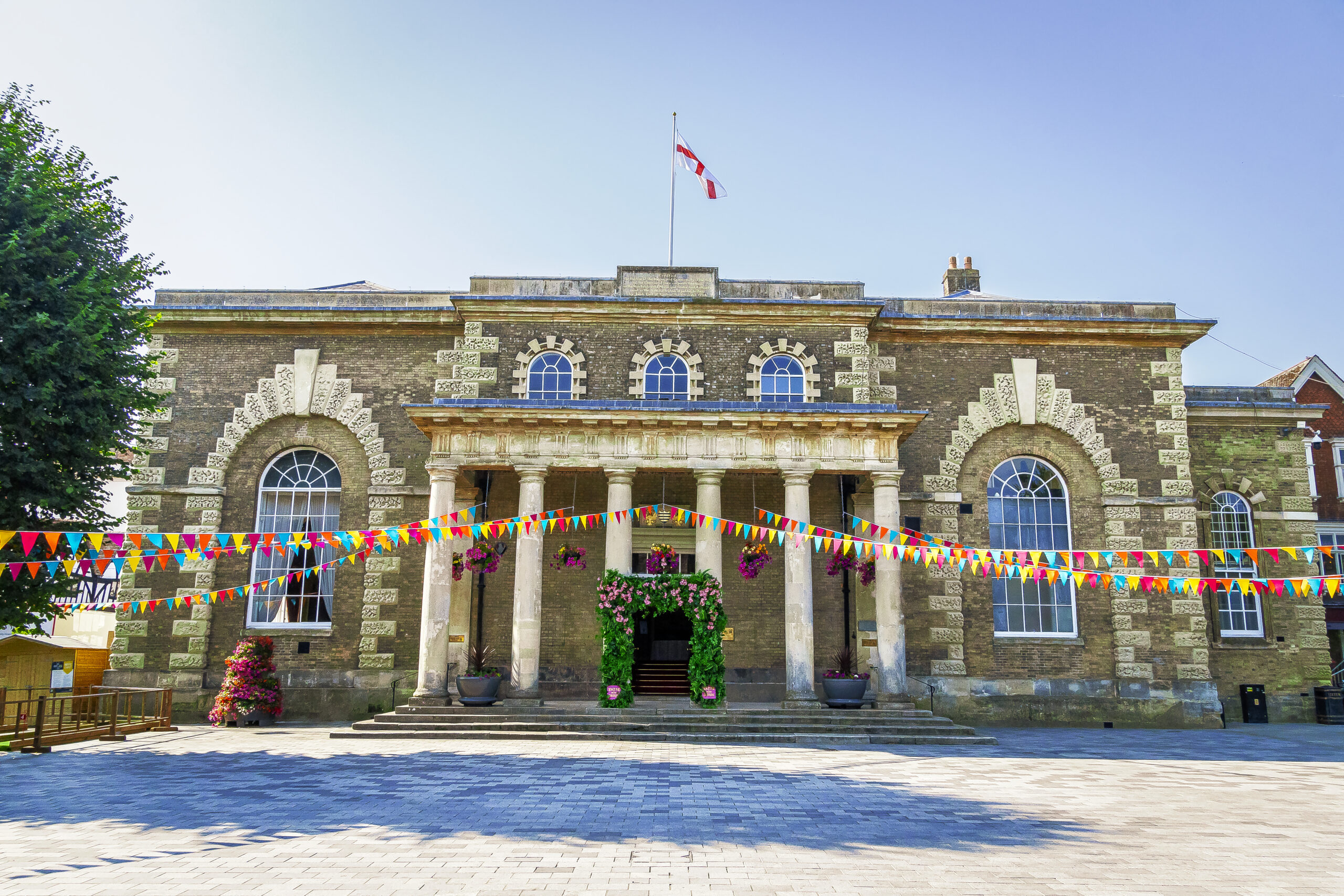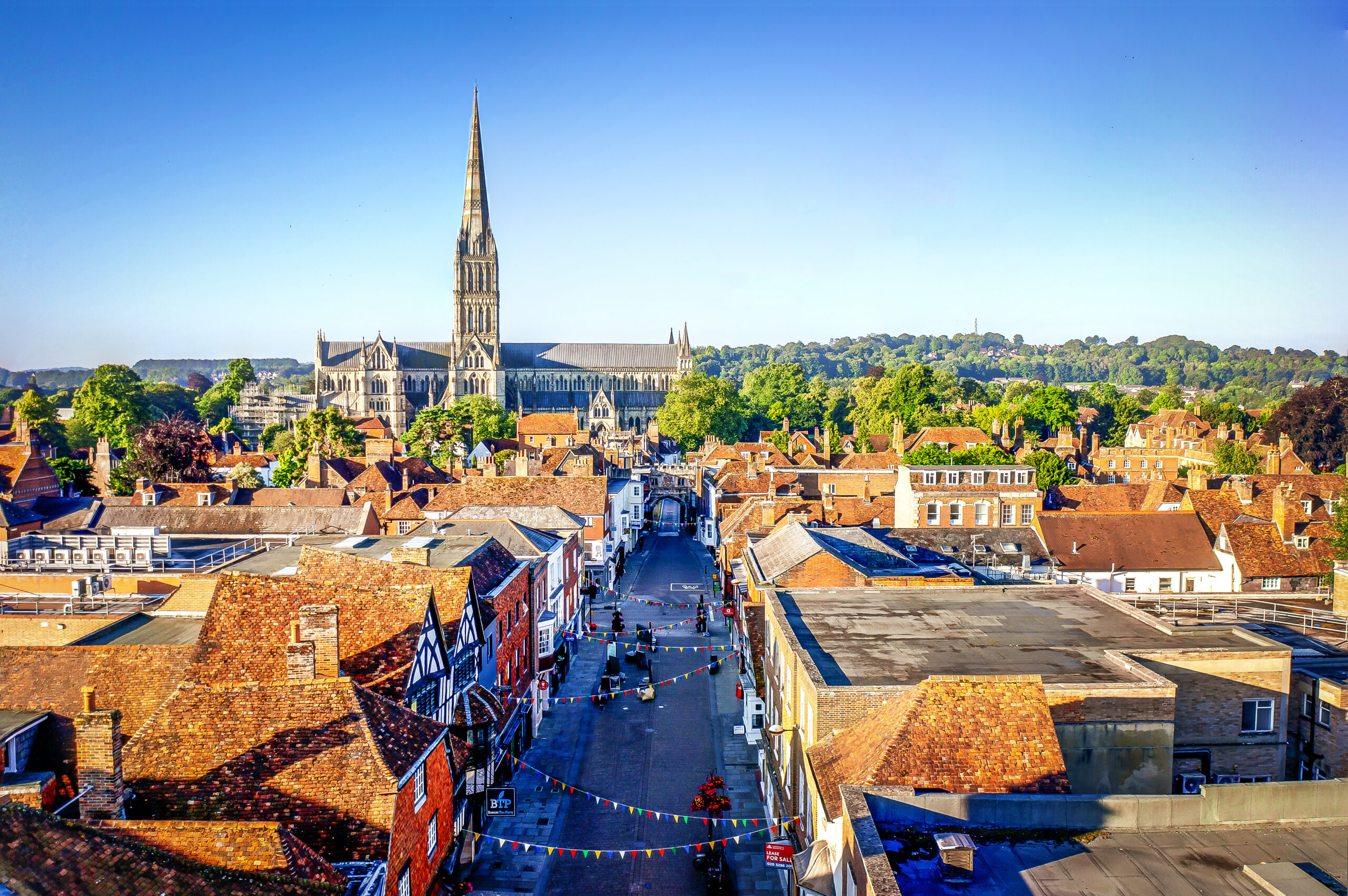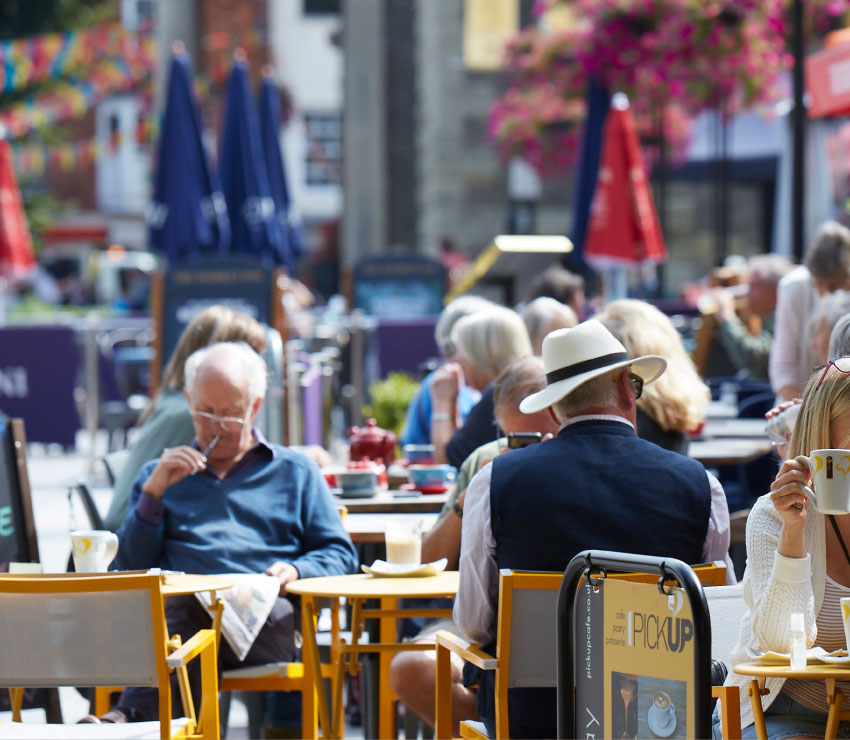Start Typing...
Our
Carbon Footprint
Following Salisbury City Council’s declaration of a Climate Change Emergency at Full Council on 17th June 2019, Salisbury City Council has a target to become Carbon Neutral by 2030.
The first objective in becoming Carbon Neutral was to establish what the city councils current carbon footprint was.
The City Council has worked with Carbon Footprint Ltd to assess the greenhouse gas (GHG) emissions of the Council from 1st April 2021 to 31st March 2022 based on a dataset provided by the council.
The Carbon Footprint Appraisal Report establishes Salisbury City Council current carbon footprint and will be used as the baseline as we work towards our goal of becoming carbon neutral.
How you
Can Help
To begin lowering your carbon footprint one of the first things you can do is to establish what your footprint is. The WWF carbon calculator is a good tool to achieve this.
Switch to a green renewable energy supplier
Turn the heat down!
Save energy and money by turning the output dial to zero about an hour before you go to bed or go out.
Reducing your room temperature by 1°C could save 310kg of carbon dioxide and £60 per year.
For more information visit Energy Saving Trust.
Well insulated homes require less energy to keep warm. This costs you less money and reduces your carbon footprint.
The government’s Green Homes grant can offer financial assistance towards installation.
There are two main types of energy efficient light bulbs available, Compact Fluorescent Lamps (CFLs) and Light Emitting Diodes (LEDs).
CFLs are what you typically think of as an energy efficient light bulb. CFLs are a cost-effective option for most general lighting requirements. Replacing a traditional light bulb with a CFL will save you around £3 per year, or £50 over the lifetime of the bulb.
LEDs though more expensive to buy initially, are more efficient than CFLs and will save you more money in the long term. Replacing a halogen spotlight with an equivalent LED will save you around £4 each year, or £140 over the bulb’s lifetime.
Wash at 30ºC
Washing clothes at 30°C uses around 57% less electricity than at higher temperatures.
Avoiding half loads will also save energy and money.
For more information visit Energy Saving Trust: How to save energy when using your washing machine.
Tumble dryers can be the most energy hungry of all domestic appliances, therefore the less you use it the more money you will save.
Drying clothes outdoors on a washing line costs nothing and uses no energy, so it is the ideal way to dry your clothes. Indoors on a rack can also be a no-cost, no-energy solution, although you should be mindful of the increase in moisture levels. Keep the room ventilated so that that moisture does not turn into damp.
A third of the food prepared does not make it from farm to fork. Producing uneaten food squanders, a whole host of resources—seeds, water, energy, land, fertilizer, hours of labour, money – and generates greenhouse gases at every stage. The food we waste is responsible for roughly 8 percent of global emissions.
Buying Salisbury produce supports Salisbury’s economy, reduces your ‘food miles’ and means you know exactly where your food has come from. It is fresher, it is tastier and it is good for Salisbury and Wiltshire.
Most of us need to reduce the amount of dairy and meat we consume. Eating meat and dairy less often could allow more of us to afford to support better quality local meat and dairy.
Buy British, as grazing land for imported meat and the need for land to grow animal feed is the single greatest driver of deforestation, including in the Amazon, which has major consequences for biodiversity loss.







